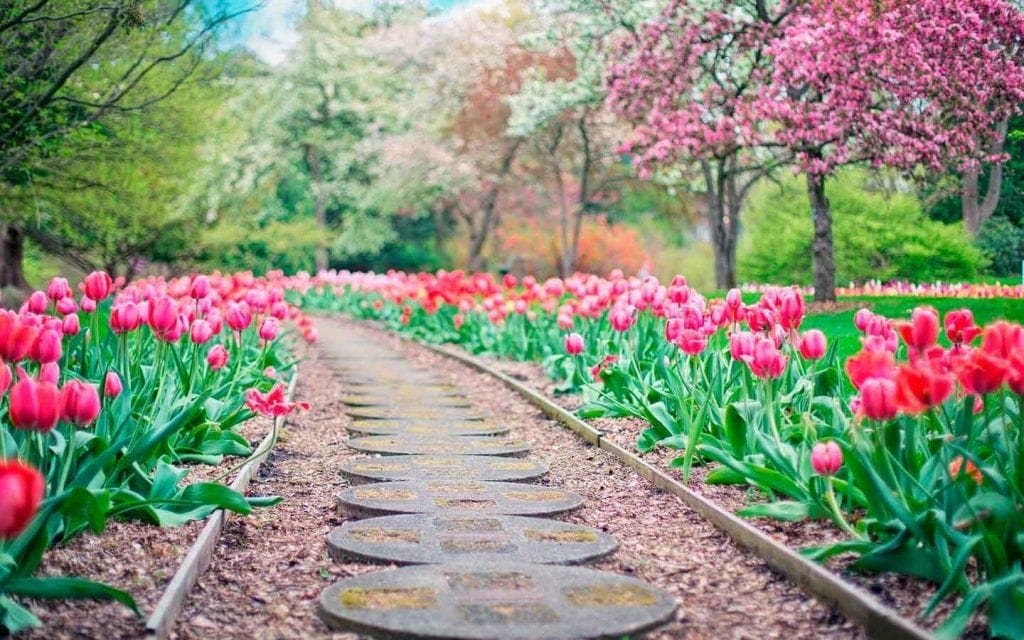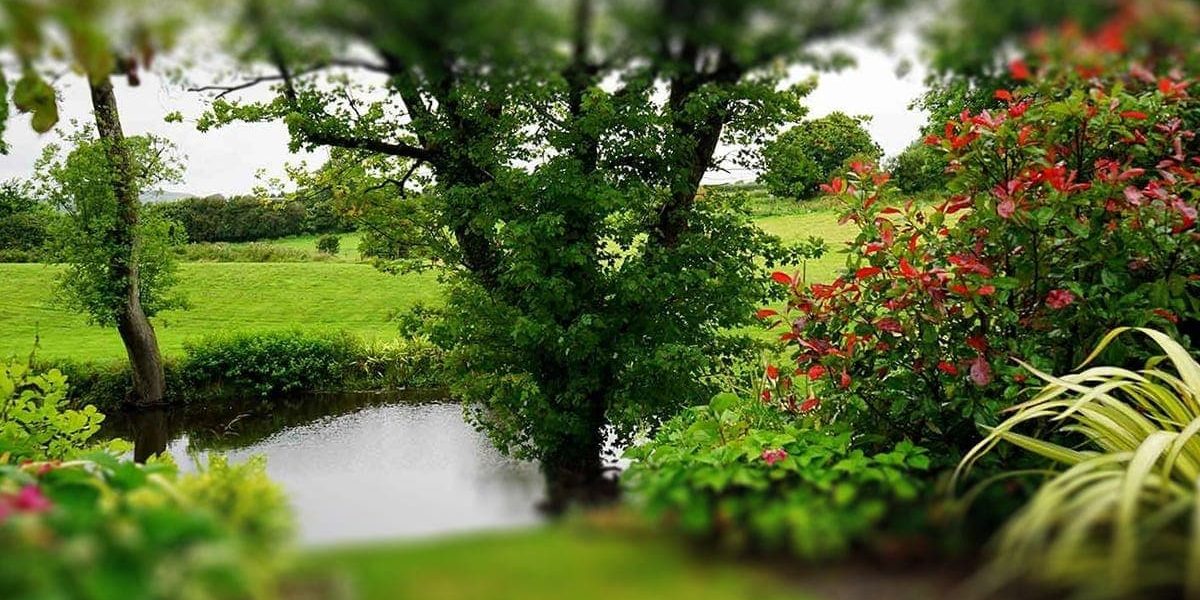Mass planting may be just what it takes to create drama and impact in your garden. That said, planting many plants of the same type is not for everyone or for all gardens, and there are certain techniques that can make this design more successful.
We will try to answer common questions about mass planting.
Is my garden too small to concentrate?
The visual impact and reduced maintenance will be most noticeable in larger gardens, where you can use more than one species for variety when concentrated. In medium and small gardens, it's more important to limit the amount of mass to prevent things from looking too static. A good rule of thumb is “The smaller the property, the less the masses”. And if you have room for a single dough, it's best to choose a plant that blooms for a long period of time, such as mint or geranium Rozanne, or a plant that has extremely striking foliage, such as a small blue-stemmed grass or a clump of insects.
There are still answers to common questions about mass planting to answer.
Can you have too many masses?
Maybe. If you consider the use of mass in commercial landscapes to be cold and rigid, it could be because the concept is being used exclusively. There is no rest for the eye to pick up on something special or unexpected; You are left with large static areas of equality. Instead, balance large masses with other areas of smaller groups of different plants, or divide things occasionally with a strategic focal point.

How do you avoid monotony?
Here are some simple tips to avoid excessive repetition in a landscape that depends on many masses.
- Vary the structure and texture. When it comes to choosing plants, be sure to consider the size, structure, and texture of each type of plant. Using masses of coneflowers (Echinacea), black-eyed Susans (Rudbeckia), and sneezeweed (Helenium) in a similar area can give your flowers a color contrast, but they all share similar structure and texture. If you combine things with strip allium, Russian sage or rippling peppermint, you will also get height, shape and texture contrast.
- Sprinkle on some self-seeders. These annual releases will add an element of surprise. Opium poppies (Papaver somniferum), flowering tobacco (Nicotiana langsdorffii), borage (Borago officinalis), dill (Anethum graveolens) and several others are good choices that can be easily controlled by pulling your hand. Let them arise in your plantation here and there. Take them out where you don't want them. Remove them after they are no longer attractive, but wait until they have shed seeds for next year.
- Plan a well-located break. Placing a small tree or a couple of shrubs (such as hydrangeas on the back) between masses or even in the middle of a single mass acts as an endpoint for the eyes, and visually breaks a mass or acts as a transition between two masses.
- It uses the concept of mixture and dough. Mixing groupings of smaller plants (three to five plants) within a larger mass (five or more plants) definitely goes against monotony. Choose plants with a staggered flowering time (from the larger mass variety) and colors that work well together.
With all this we hope we have helped you with these answers to common questions about mass planting to answer.
If you liked this post you may be interested in:
